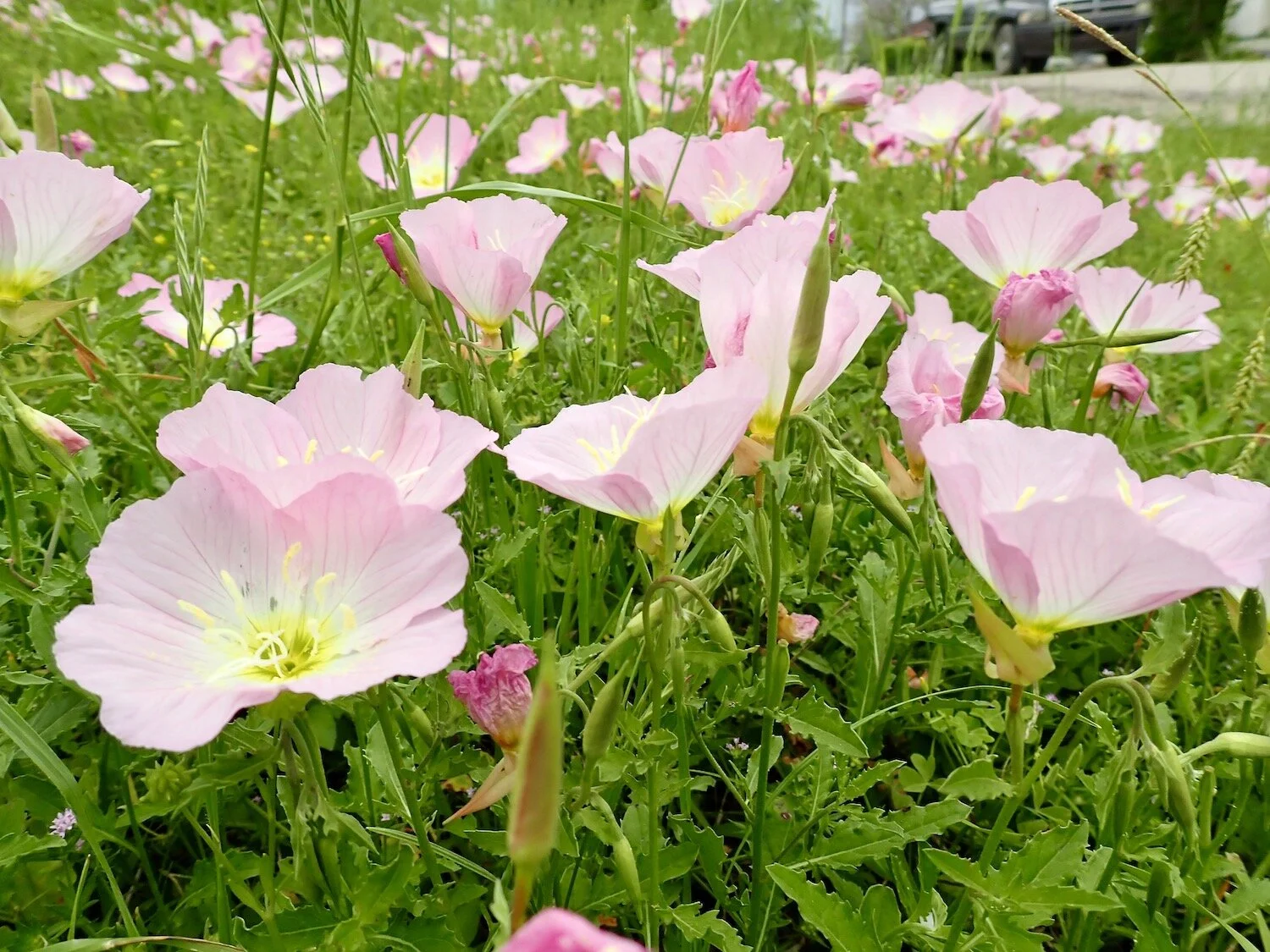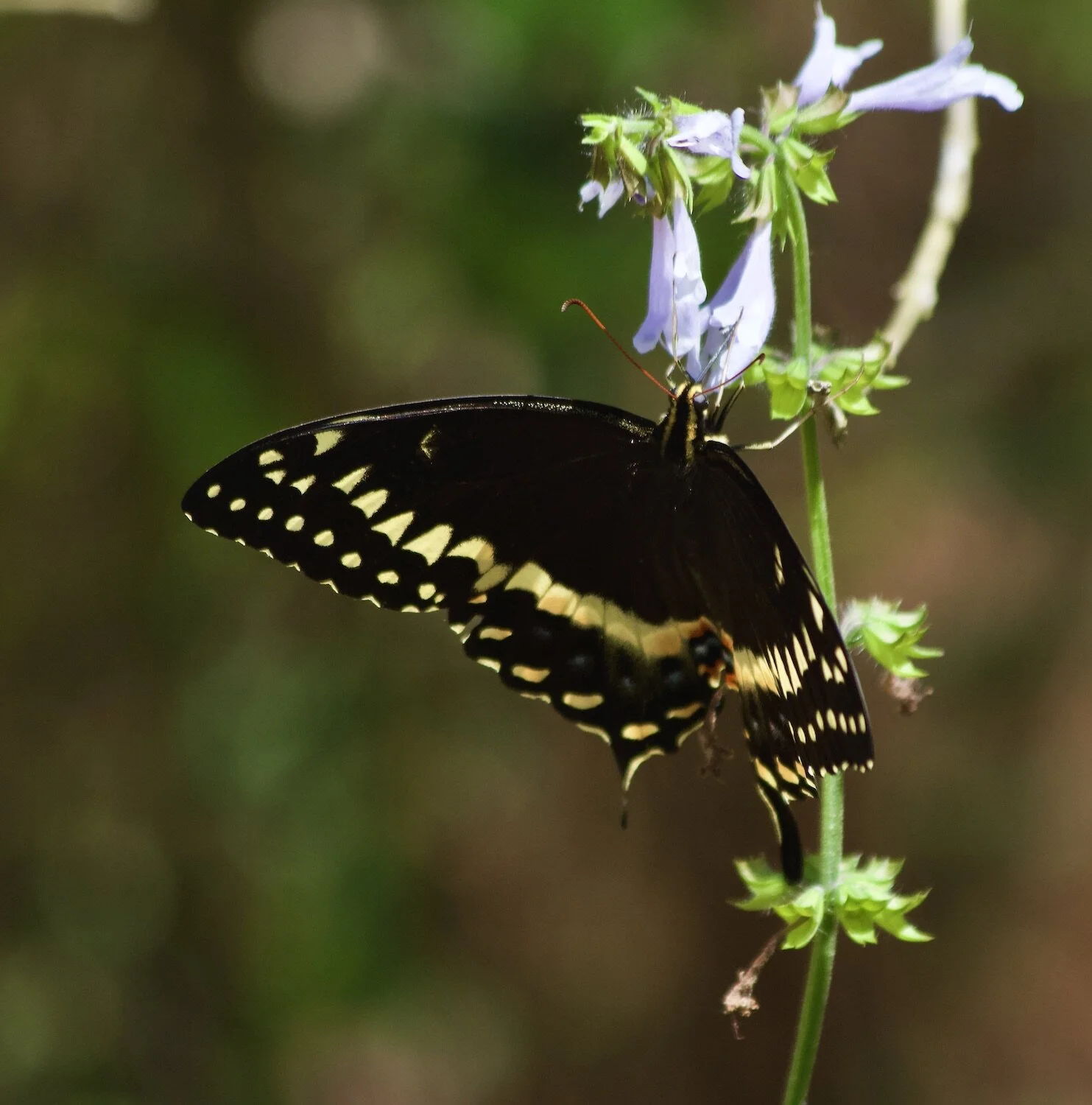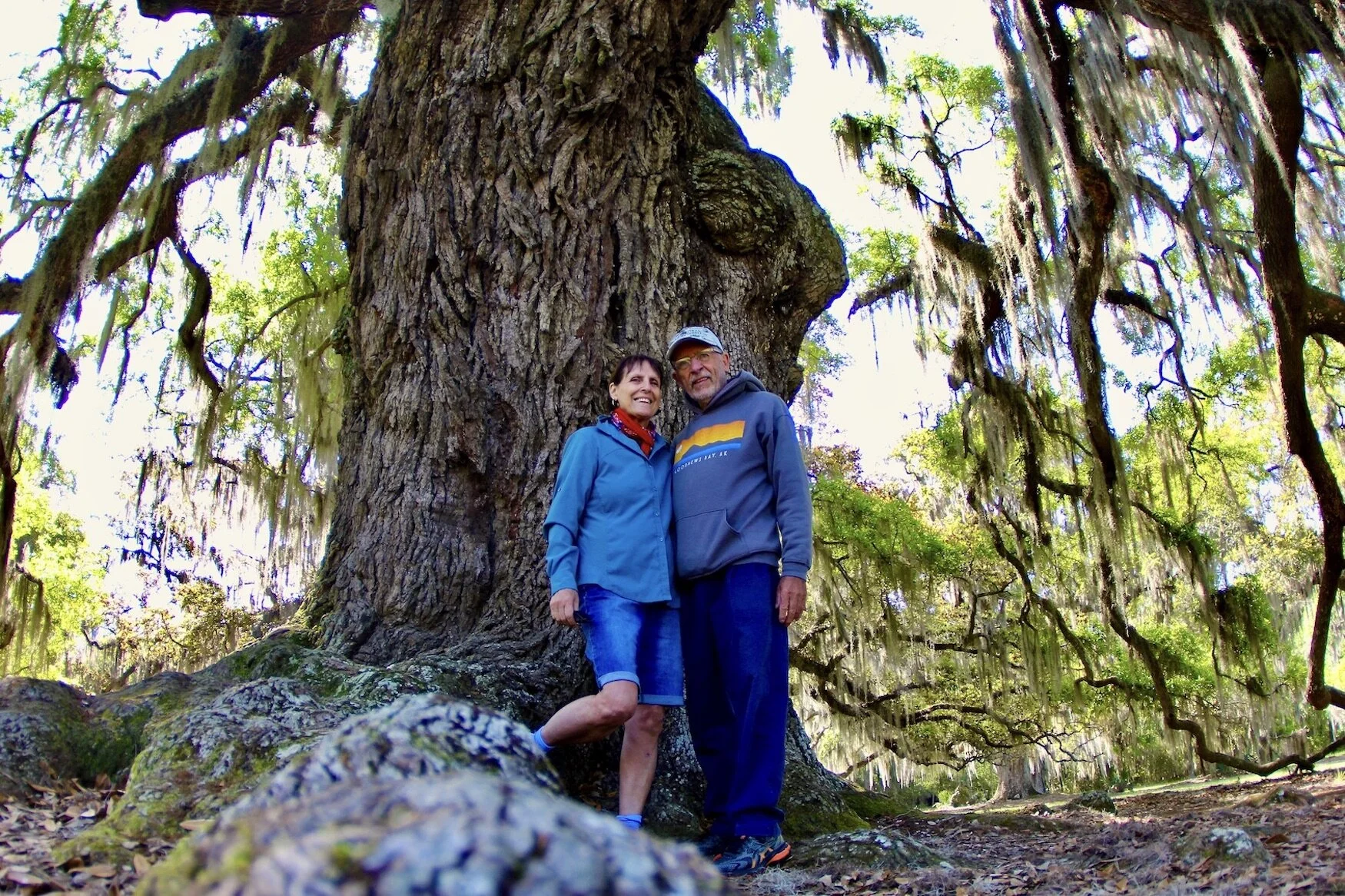A common visitor to back yard bird feeders is the brightly-colored American goldfinch. These small finches are easy to identify by their coloration. Adult males are bright yellow with black wings and a black cap on their head.
Traveling America By Van: Austin, TX
"Keep Austin Weird." Susan and I saw the sign in several places in the city. Austin wears its quirkiness well, and did not close to experiencing all of it. Any city that celebrates a nightly flight of bats, well, you have admire its eccentricity.
Crawfish Haven: Catch, Cook, and Sleep Like a True Cajun
In the heart of Acadiana, just about 35 minutes from the Louisiana city of Lafayette, sits a retreat where you can catch, cook, and sleep like a true Cajun. Welcome to Crawfish Haven/ Mrs. Rose’s Bed and Breakfast where owner & proprietor Barry Toups finds joy in introducing guests from around the world to authentic Cajun living.
Wildlife Watching Wednesday: The Freshwater Drum
One common species of fish that is known by many different names is the freshwater drum. Some anglers call them sheephead, or sheepshead, while others call them silver perch, silver bass, gray bass, grunt, grunter, croaker, shepherd’s pie and even gaspergoo.
Traveling America By Van: A Week In Willis
Ken and Cindy waved at us from the far end of a long driveway. We opened the gate and drove through, into pastures with goats and grazing horses. The driveway led us to our friends, and we jumped out of the van into laughter and embraces. It had been a long time, and we loved seeing them again!
Here Comes The Game Warden
A natural resource stop or inspection can be stressful for both the person being checked and the Wildlife Officer. Here are several “Do’s” and “Don’ts” that can make your next encounter with a Wildlife Officer pain-free and sometimes even pleasurable!
Wildlife Watching Wednesday: The Great Horned Owl
Owls are creatures of the night. In the Midwestern United States, the largest and perhaps most well-known owl is the Great Horned Owl. These big birds can have wingspans of four to five feet, and they hunt everything from mice and rats to rabbits, snakes, frogs and even other birds like ducks and hawks.
Traveling America By Van: We Gain Texas
We rolled westward along Louisiana Route 82. Low overcast, driven northward by a wind that carried a fresh odor of the Gulf of Mexico, scudded overhead. The fisherman in me was going crazy- I hadn't touched a rod since I packed them into the car before we left Florida, and the miles of salt marsh we passed provided a lifetime of shallow-water fishing opportunities.
Man's Best Bird: The Ancient Sport of Falconry
For most hunters, it’s only natural for us to associate the phrase “man’s best hunting companion” to one of the many breeds of hunting canine, but there’s a small group of hunters whose colleague in the field is valued for their keen eye, swift maneuvers, and sharp talons instead of their sense of smell. These are falconers.
Wildlife Watching Wednesday: Great Blue Herons are Stealthy Hunters
If there is one bird that is the personification of stealth and patience, it is the Great Blue Heron. These large, tall birds stalk shallow ponds, lakes and waterways in search of a wide variety of fish and amphibians as their next meal. It is not uncommon for them to stand motionless for many minutes at a time, just waiting for their prey to get within striking range.
Traveling America By Van: Off To Cajun Country
The Gulf was on one side, beautiful oak trees and the Waffle houses were on the other side, and the miles passed by most pleasantly. We came to a sign welcoming us to Louisiana, and the vibe changed immediately. Salt marshes extended off to the south. The fisherman in me started drooling, something that wouldn't stop until we left the state.
Fishing Friday: Mighty Sheepshead Dare Anglers to Catch Them
“Something keeps nibbling,” he said. “I can barely feel it, but it keeps taking my shrimp. It must be really tiny.”
“It may be much bigger than you think,” I replied. With the tide falling hard, small crabs drifted along with the flow. I scooped several with a net.
“Try this,” I suggested, hooking a crab about the size of a quarter on a jighead. “Don’t cast it. Just flip it a few feet upstream and let the tide push it back under the dock. Keep it next to the pilings. When you feel a little weight, set the hook.”











